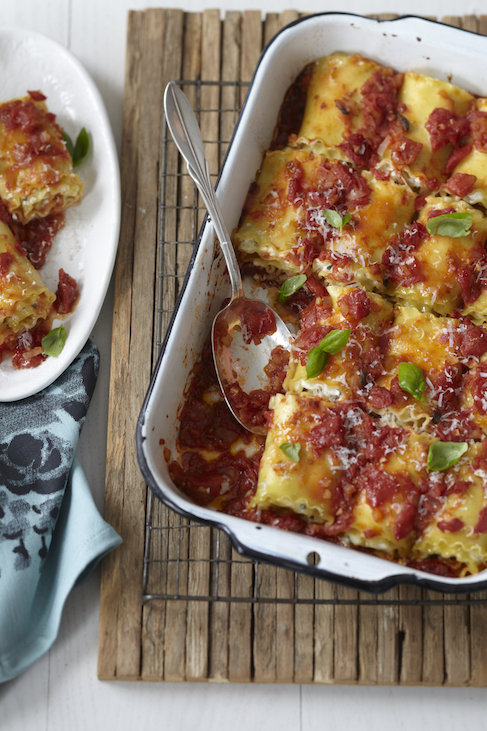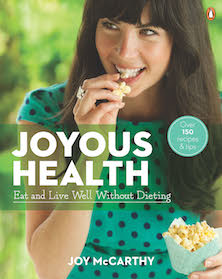Seven Takeaways From the Canadian Cross-Country Championships
The 2018 Canadian Cross-Country Championships concluded the national circuit for the calendar year, with plenty of excitement and drama. The event, held in Kingston, Ont. at Fort Henry, was held in wet and cool conditions and on a muddy and slippery course on the shores of Lake Ontario.
To sum up the eight races, which included folks from the recreational level to Olympic finalists, here are seven takeaways from the morning and afternoon action on Nov. 24.
The state of a cross-country race can change in an instant
Look away for a moment, and the entire race can change. Point of reference: the U20 men’s 8K. In the third-to-last race of the day, Mitch De Lange made a move to take the lead through 4K, and took a spill on one of the treacherous corners, relinquishing top position shortly after hitting the front. With a loss of momentum, he faded to 16th, ripping off his bib at the finish line in frustration. Meanwhile, in the same race, the champion, Tyler Dozzi, threw in a huge acceleration with less than 500m to go, vaulting from outside of a podium position to the lead within seconds. Dozzi won the 8K in 24:46.
Repeating as champion is tough, but not impossible
There were three repeat champions on Saturday including Luc Bruchet, Brogan MacDougall and Michael Gill. Meanwhile, Campbell Lee, Sadie Sigfstead, Claire Sumner all had great performances themselves but were unable to repeat in 2018. New champions for 2018 include Andrea Smith (masters 8K), Ron MacLean (U18 6K), who was sick all morning in the lead-up to the race, Kendra Lewis (U18 4K), Tyler Dozzi (U20 8K) and Geneviève Lalonde (senior 10K).
Brogan MacDougall front-runs – and wins – again
Brogan MacDougall won all three of her major races this fall including the Ontario University Athletics Championships, the Canadian University Championships and now the Canadian U20 Cross-Country Championships. Fort Henry is her home course, as she grew up in Kingston, and now attends Queen’s University. Saturday marked her second consecutive junior title and she will be a favourite to be the top Canadian at the 2019 IAAF World Cross-Country Championships in Denmark. MacDougall had an undefeated season, according to Athletics Canada. She led essentially from start to finish and broke away from Anne Forsyth and Maggie Smith midway through the race.
Bruchet and Lalonde utilized similar strategies in the senior ranks, pushing the pace early, and often, to break away from the field and win handily over the competition. Bruchet, the victor in 2017, won his third career senior cross-country title at the national level while Lalonde, normally a track specialist, hadn’t raced cross-country in five years, and nine years since she last raced at Fort Henry as a rookie in university at Guelph (she won CIS cross-country rookie of the year that year).
Kingston was a fantastic host city
After four years of hosting, the Canadian Cross-Country Championships head west in 2019 to Abbotsford, B.C., for a two-year stint. The exact venue is Clearbrook Park, and the race will be held at the same time of year, Nov. 30, 2019, and Nov. 28, 2020. Generally, the championships are awarded on a four-year basis, and Kingston took over from Vancouver in 2015. (It has alternated in recent years, going Vancouver, Guelph, Vancouver, Kingston, Abbotsford.)
Cross-country is alive and well among participant numbers
This year, the Canadian Cross-Country Championships had a record number of registrations, with more than 1,100 runners across the eight races, from the community event to the senior men’s and women’s 10K. The U18 boys and girls races had the most number of participants, with more than 200 registered in each of the early-day races. The U18 boys 6K had 252 participants registered, making for a race in tight quarters on the relatively narrow Fort Henry course.
What’s up with the watch-stopping at the finish line?
With the rise of GPS watches, the amount of watch-stopping at the end of the cross-country races was way more apparent this year, more so than any other. Of course, there’s nothing wrong with it, as they likely use the splits from the GPS data to gauge how they paced themselves during the race, but the official time is that of the timer.
Cross-country is the only national championship (shorter than a marathon) where you see champions win by 10+ seconds
Because cross-country is much more technical – there are hairpin corners, hills, mud and the prospect of wiping out – the margin of victory is often pretty large. And although there were a few close finishes on Saturday (the U18 4K was decided by less than 0.6 seconds), Bruchet won the senior men’s 10K by 13 seconds, Lalonde won the senior women’s 10K by 19 seconds and MacDougall by 12 seconds in the U20 6K. Once a gap forms, it’s more likely than not to grow, instead of shrink, evident from Saturday’s results.
You can see full results here.
Top championship results
U18 girl’s 4K
Kendra Lewis – 14:12
Sadie Sigfstead – 14:12.6
Ceili McCabe – 14:21.5
U18 boy’s 6K
Ron MacLean – 19:03.9
Chase Canty – 19:07.9














 Our Magazine
Our Magazine
